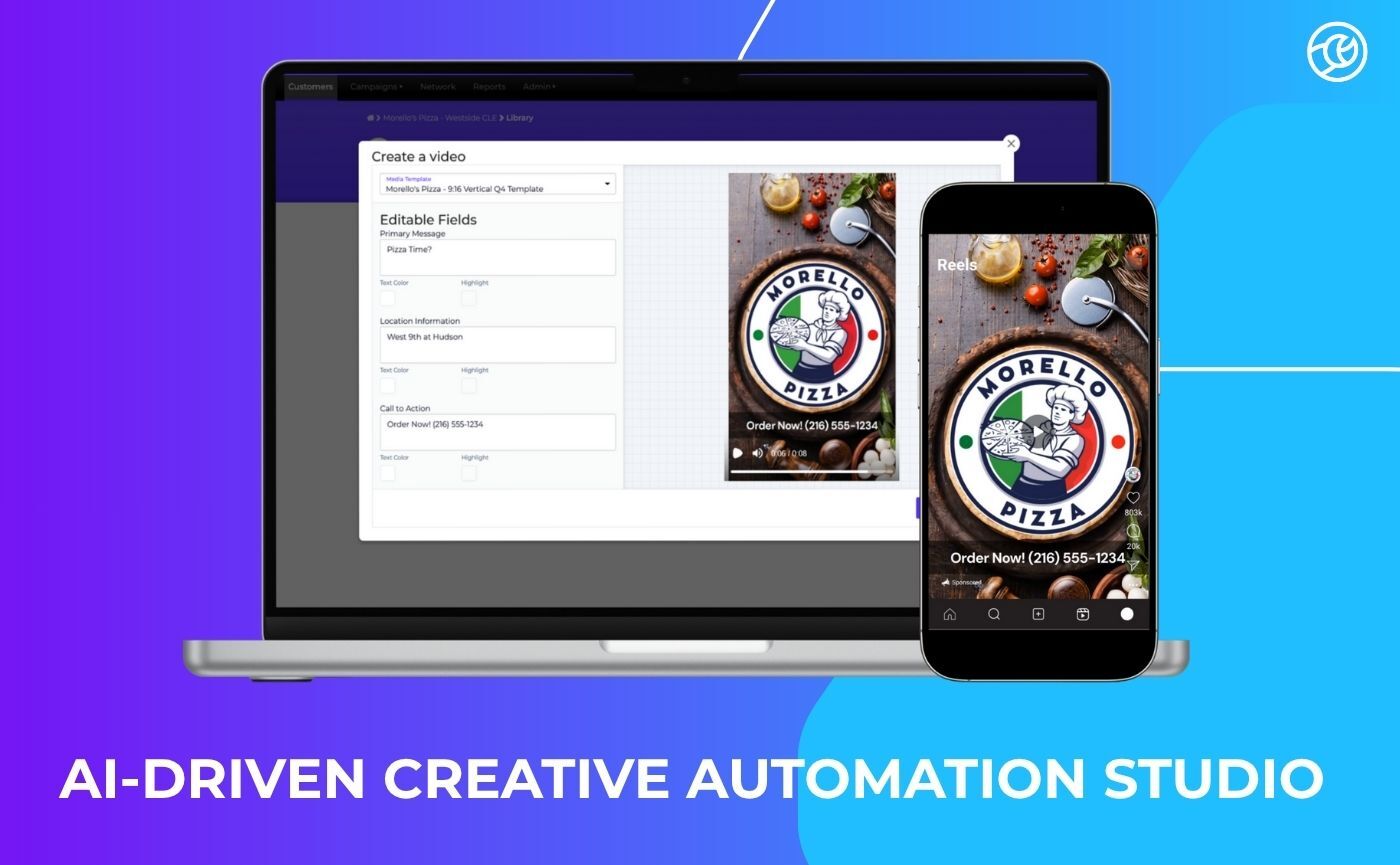The Hidden Riches of Loyalty Programs for QSR & Restaurant Marketers
Customer loyalty programs offer quick service restaurant (QSR) and multi-location restaurant marketers a treasure trove of valuable data. Through these programs, brands and marketers can harness first-party data to unearth consumer insights that shape ongoing marketing strategies. This data, willingly provided by customers, unlocks a world of possibilities.
The Power of Loyalty Programs in Restaurant Marketing
Customer loyalty programs allow brands to track their patrons through unique loyalty member numbers. Whether customers shop online or in-store, every use of their member ID creates a data point, building a comprehensive profile of the customer and their behavior. This includes digital interactions, purchase history, location or order preferences, habits, and more. It’s like having a backstage pass to understand your customers’ buying journey.
Why Consumers Opt Into Loyalty Programs
Loyalty programs offer various perks, from discounts to freebies, making them an enticing option. According to the recent Annual Franchise Marketing Report, 40% of loyalty programs provide complimentary products or services, while 60% offer discounts. In the food industry, a whopping 89% of businesses have loyalty programs in place, with an even split of 50% offering freebies and 50% offering discounts. The allure of freebies often trumps concerns about data sharing. Some join to track their purchases, while others hunt for deals. Regardless, opt-in customers believe the benefits outweigh the cost of sharing their data.
Turning Loyalty Data Into Smarter Advertising
Data collected through loyalty programs is a goldmine, unveiling customer buying behaviors and preferences like dining in, ordering online, or choosing curbside service, and sheds light on preferred orders, purchase frequency, and spending behaviors. This data empowers QSR and restaurant brands with crucial insights to enhance their strategies, enabling marketers to create targeted social media advertisements that resonate with customer preferences, elevating the overall dining experience.
Building Custom and Lookalike Audiences
First-party data fuels the creation of custom audiences for retargeting and lookalike audiences for new customer acquisition. Custom audiences help marketers zero in on customers who’ve already engaged with the brand, while lookalike audiences find similar prospects who haven’t yet interacted with it. By harnessing these custom and lookalike audiences, marketers can deliver precisely tailored social ads that hit the mark, boosting conversion rates.
Empowering Local Operators with Loyalty Insights
Giving your restaurant operators access to loyalty data equips them to run localized brand campaigns effectively. The more traffic they generate, the more data flows back to the global partner, providing a holistic and richer view of the business.
Customer loyalty programs are not just about freebies; they’re a data-driven boon that revolutionizes marketing strategies, strengthens customer relationships, and gives restaurant operators a competitive edge. Your customers are waiting to be served, and your data holds the key to delivering exactly what they want.
Discover how Tiger Pistol can power your local advertising success.
Related Posts
Tiger Pistol Expands Partnership with The Wendy’s Company to Empower Franchisees with TikTok Advertising
In a strategic move to enhance local advertising efforts and engage with modern consumers, Tiger Pistol, the premier local advertising platform advertising platform, and The Wendy’s Company are thrilled to announce the expansion of their partnership to include TikTok advertising. See the simplicity, scale, and performance of the Tiger Pistol Local Advertisi
Maximizing Restaurant Revenue: Local Advertising Strategies for a Digital-First Era
The restaurant industry has seen dramatic shifts in recent years, with technology and consumer preferences evolving rapidly. According to the 2024 State of Restaurants Report, takeout and delivery have surged, with 95% of operators now utilizing online ordering platforms – most relying on three different solutions to meet demand. A staggering 72% of operator
How Local Advertising Across Google, Meta, TikTok, and Amazon Powers AI Discovery for Franchises
The New Era of AI-Driven Visibility Quick service restaurant (QSR) and franchise brands now compete in an attention economy guided by artificial intelligence. When a customer searches for lunch through conversational AI tools, such as ChatGPT, Gemini, or Copilot, visibility depends on how effectively the brand’s data connects to the systems that power those
Tiger Pistol Launches AI-Driven Creative Automation Studio for Franchise and Multi-location Brands
Game-Changing New Capability Streamlines How National Brands Deliver Local Advertising at Scale Tiger Pistol, the premier local advertising platform that streamlines and simplifies local advertising through the power of AI and advanced automation, today announced the launch of its Creative Automation Studio (CA-Studio). The AI-driven solution redefines how bran





